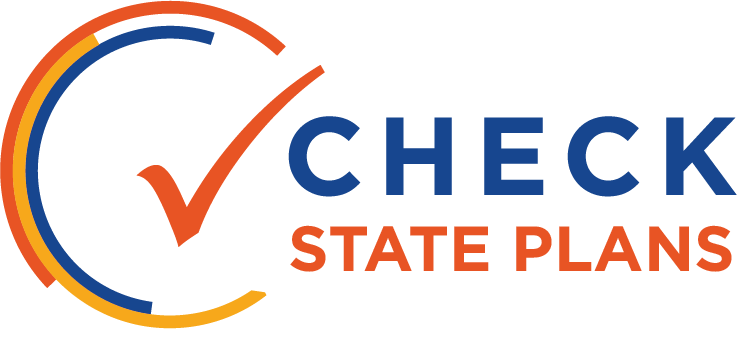
INDICATORS

Kentucky provides a detailed description of its accountability indicators and will include measures of proficiency, growth, transition readiness, achievement gap closure, graduation rate, English language proficiency, and a composite “opportunity and access” measure.
For the most part, these indicators are strong and display the state’s commitment to equity, educating the whole child, and having high-quality schools at all levels. The achievement gap closure indicator is particularly creative and elevates the system’s focus on the disparate performance of student subgroups. Kentucky also deserves credit for including science and social studies in its system, which should discourage narrowing of schools’ academic focus. However, the state will need to carefully monitor its data to ensure the combination of indicators produces a clear and meaningful assessment of school performance.
The transition readiness indicator measures the percentage of students deemed ready to transition to the next phase of education, work, and life. It is noteworthy that the state emphasizes the importance of key inflection points in students’ educational path, but absent additional components at the elementary and middle school levels this indicator will effectively double-count certain data (e.g. 4th grade achievement results) and could create unintended consequences and behaviors in schools.
At the high school level, the transition readiness measure is stronger, reflecting several markers of postsecondary readiness not captured elsewhere in the system. This measure assesses whether Kentucky’s high school graduates also meet one or more indicators of academic, career, or military readiness, demonstrating that there is more than one path to success in Kentucky.
Students can demonstrate career readiness through a combination of industry certifications and approved Career Technical Education coursework or apprenticeships. Military readiness is measured by meeting the benchmark score for the Armed Forces Qualification Test and either enlisting in the military or completing training through the Junior Reserve Officers’ Training Corps (JROTC) program.
Overall, the measure could be strengthened by focusing on cohorts of students entering grade 9, rather than just those who earn a high school diploma. The state also includes an English language readiness measure within the composite transition readiness indicator that credits reclassification as English proficient for any student receiving English language services in high school.
Kentucky’s graduation rate indicator includes both the four-year- and five-year-cohort based rates, averaging the two rates for a combined indicator.
While a simple average gives both rates equal weight in the accountability system, diminishing pressure on schools to promote on-time graduation, the state has added extra emphasis on the four-year rate by stating that any school graduating less than 80 percent of students in four years will be identified for comprehensive support.
Kentucky will measure progress toward English language proficiency based on growth in WIDA ACCESS scores year over year. The state will assign points based on a comparison of prior-year and current-year scores. Similar to the growth measure for reading and math, the scale assigns negative points for declining scores and positive points for increasing scores, with larger incremental point changes assigned to larger incremental score changes.
Kentucky also intends to combine a number of components into a single composite “Opportunity and Access” indicator, but the final slate of measures to be included is not yet finalized, pending approval by the Kentucky Board of Education.
The composite indicator will reflect the total points across four categories of measures: rich curriculum, equitable access, school quality, and whole child supports. The inclusion of a locally (both school and district) determined accountability indicator is a sign that local community engagement and ownership are priorities of the state. However, by definition, this indicator will not be comparable across the state, which violates one of ESSA’s requirements, and the state could accomplish both goals by putting this indicator on school report cards to provide communities with more context about their schools, as opposed to in the formal accountability system.
More broadly, the list of potential measures in this indicator is lengthy and complex. While some options may well capture valuable data that add nuance to the system, the number of potential components and the uncertainty regarding how the indicator will ultimately be constructed raise concerns.
 Overview
Overview




